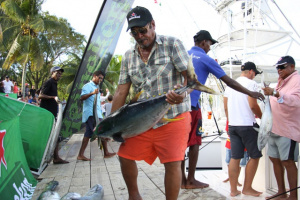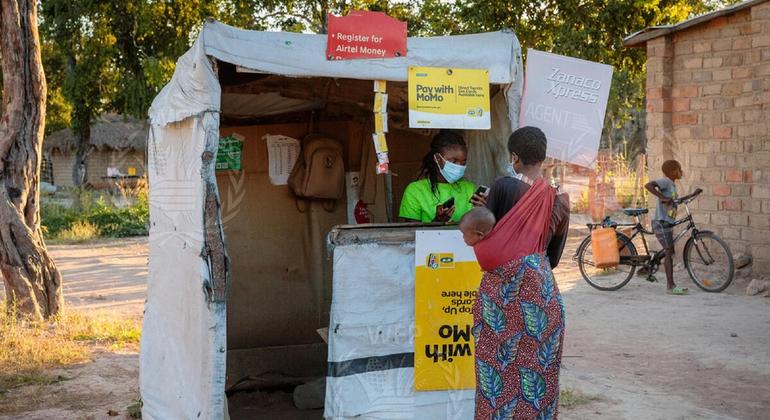It was pointed out that some individuals practising recreational or sports fishing were not undergoing the same scrutiny as other fishers. (Joe Laurence)
Photo license
Adequate compliance measures and whether all fisheries sectors are being targeted were raised in a meeting by the implementation committee of the Seychelles’ Mahe Plateau trap and line fishery co-management plan on Thursday.
The committee, made up of several partners including fishermen’s associations, met to iron out the details of the management plan aimed at protecting certain fish species.
As part of the management plan, Seychelles introduced a ban on fishing of emperor red snappers and green job fish below the 32 cm size limit, targeted by hand line fishery and a ban on spawning aggregation sites for rabbitfish in trap fishery.
Under the plan, fishermen are not allowed to set traps overnight on spawning sites during the spawning season between September to April and three days before and three days after a full moon.
However, the concern of some participants at the meeting was that whether the measures being taken are adequate and whether all sectors be it artisanal fishing, recreational fishers, or sport fishers were being targeted.
It was pointed out that some individuals practising recreational or sports fishing were not undergoing the same scrutiny as other fishers.
Roy Clarisse, the chairman of the committee, said that “since the imposition of fines for not respecting the ban in place, there have been no arrests of any culprits. This shows that people have been listening and are obeying the law.”
Since October 1 in 2022, those found with the endangered fish smaller minimum size limit of 32 cm fork length for emperor red snapper and green job fish after a year of the grace period, have been liable to a fine not exceeding SCR 20,000 ($1,541).
At the moment fisheries officials are touring areas where fish are sold, to ensure people comply with the laws.
Meanwhile, Clarisse raised that not all respective partners are attending meetings.
Out of the six fisherman associations represented on the committee, two were missing so there were not enough numbers to make decisions during the meeting.
“This is a co-management plan and a co-management plan needs everyone’s effort to come together to ensure that it is operational and that it succeeds,” said Clarisse expressing his disappointment.
Clarisse told the media that the meeting is also a time “to ensure that the recommendations that were made during the previous year have been undertaken or if there is a need to have new recommendations to be added to the work plan and taken into consideration.”




